The executive branch of the United States government serves as the decision-making body responsible for implementing and enforcing laws, shaping policy, and leading the nation. In this blog post, we will delve into the inner workings of the executive branch, gaining valuable insights into its structure, functions, and the key processes that drive decision-making in the U.S. government.
Decision The Structure of the Executive Branch:
The executive branch comprises various departments, agencies, and offices that work together to govern the nation. At its apex stands the President, who serves as the head of the executive branch and wields significant influence over policy development and implementation. Supporting the President are the Vice President, the Cabinet, and a network of executive agencies, each responsible for specific areas of governance.
Policy Development and Implementation:
A vital function of the executive branch is policy development and implementation. This process involves formulating new policies, modifying existing ones, and translating them into actionable initiatives. The President’s policy agenda, crafted in collaboration with advisors and experts, drives this process. From economic policies to healthcare reforms and national security strategies, the executive branch plays a pivotal role in shaping the nation’s policies.
Decision-Making Processes in the Executive Branch:
Decision-making in the executive branch is a complex process that involves several key steps. It starts with identifying a problem or issue that requires attention and assessing potential solutions. The President relies on advisors, experts, and input from various stakeholders to evaluate options and make informed decisions. Once a decision is reached, it is communicated to relevant agencies and departments for implementation.
Balancing Competing Interests and Perspectives:
The executive branch must navigate the complexities of balancing competing interests and perspectives within the government and society at large. This process involves considering a wide range of viewpoints, analyzing data and evidence, and taking into account political, economic, social, and ethical considerations. The President’s role is to synthesize these diverse inputs and make decisions that best serve the nation’s interests.
Collaboration and Interagency Cooperation:
Effective decision-making in the executive branch necessitates collaboration and interagency cooperation. The President’s agenda often requires coordination among various departments and agencies to implement policies successfully. Interagency working groups, task forces, and regular meetings facilitate communication and collaboration, ensuring a cohesive approach to decision-making and policy implementation.
The Role of Expertise and Advisers:
The executive branch relies on expertise and advice from professionals and specialists across a wide range of fields. Advisers, including Cabinet members, provide subject-matter knowledge, diverse perspectives, and strategic guidance to the President. They help analyze complex issues, evaluate policy options, and offer recommendations that inform decision-making.
Transparency and Accountability:
Transparency and accountability are essential principles in the executive branch. The American public expects openness and access to information regarding the decision-making processes and policy outcomes. The executive branch strives to provide transparency through public briefings, reports, and public statements. Additionally, accountability mechanisms such as oversight committees in Congress play a vital role in ensuring checks and balances.
Decision Public Engagement and Citizen Participation:
The executive branch recognizes the importance of public engagement and citizen participation in decision-making. Town hall meetings, public forums, and soliciting public input through comment periods are some avenues for engaging with citizens. The voices and perspectives of the people provide valuable insights, enhancing the decision-making process and ensuring democratic representation.
Conclusion:
The executive branch serves as the U.S. government’s decision-making body, responsible for policy development and implementation. By understanding the structure, processes, and key aspects of decision-making within the executive branch, we gain insights into how the U.S. government addresses challenges, shapes policies, and leads the nation. Transparency, collaboration, and public engagement are crucial elements in ensuring effective and accountable governance. And more amazing topics read so at visit FinBiz Tech.



